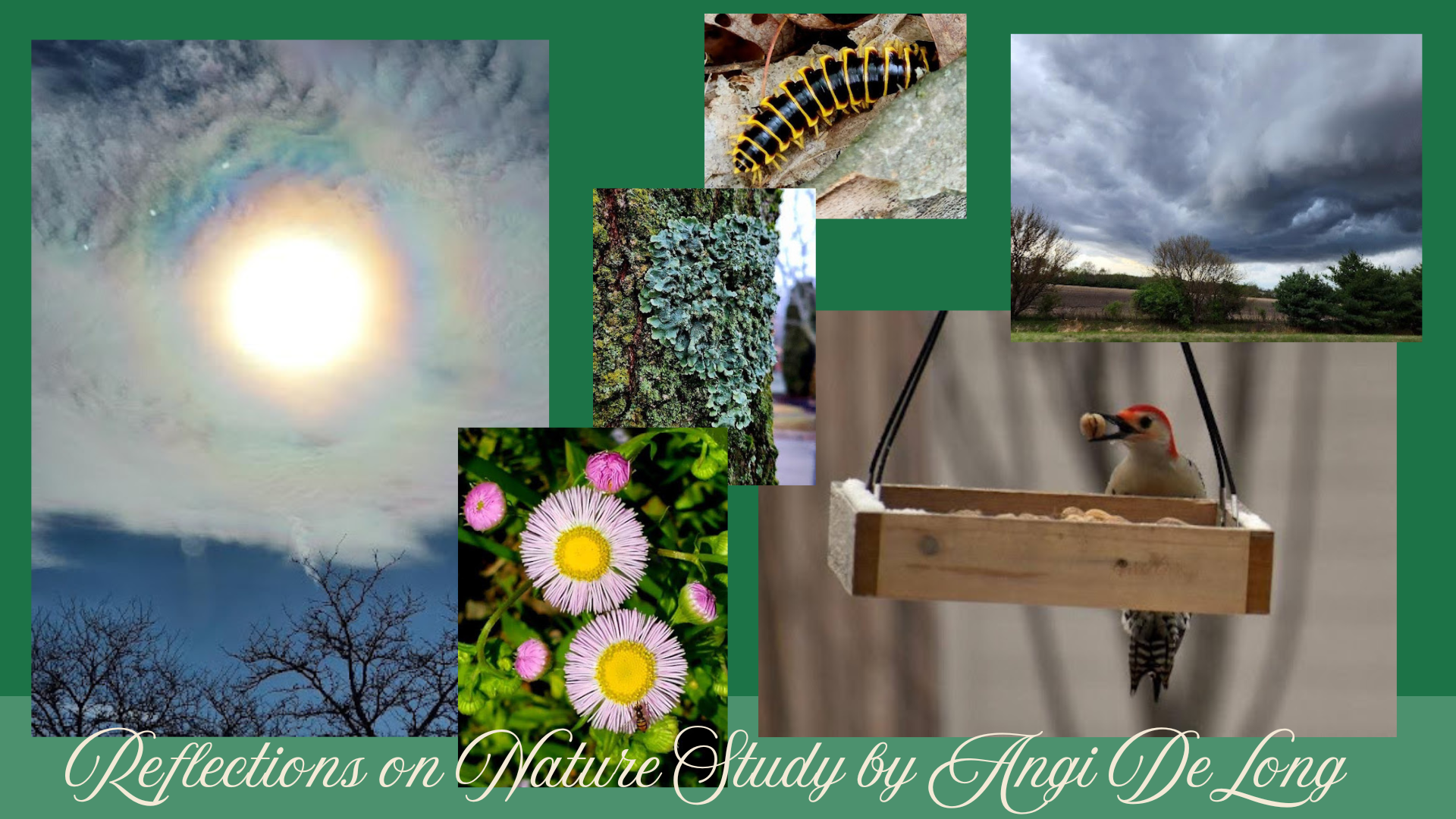Reflections on Nature Study pt 2 by Angi DeLong
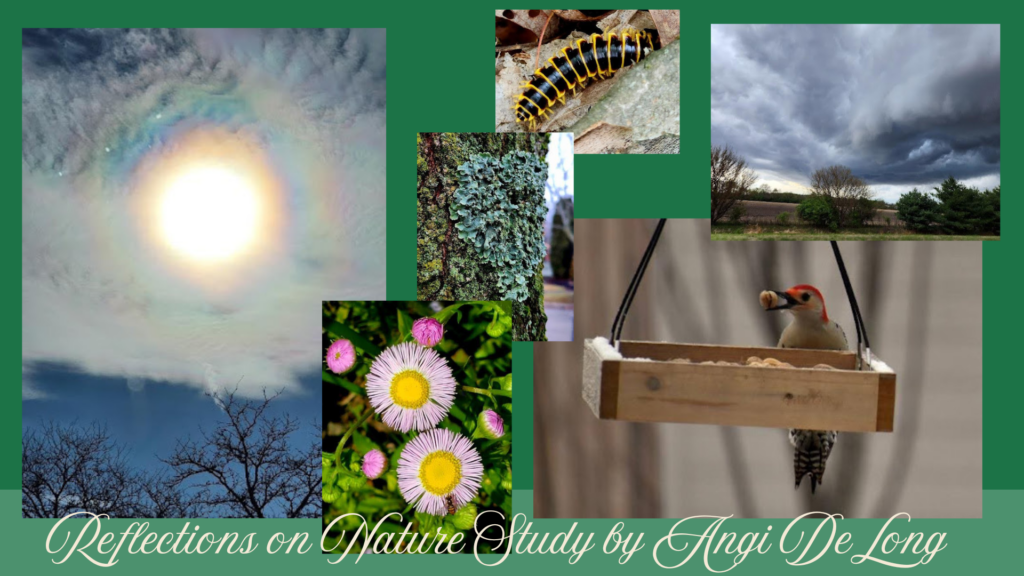
If you missed Part 1 – start here.
How to Begin without Feeling Overwhelmed
Are you inspired? I sure hope so! But how do you begin without it feeling like one more thing to add to your already full plate?
It can be as simple as noting what you see: “The clouds are gray and moving fast today.” Maybe you’re outside and see those clouds, noticing it’s cool and windy. Another day, you might notice a bright, cloudless sky. Just start with awareness. If you or your children enjoy data or graphs, you can expand your observations – but you don’t have to. Over time you’ll develop a natural curiosity and connection.
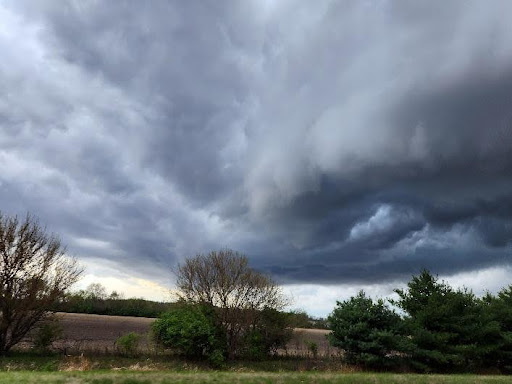
Try this: On the next gray day, predict what it might feel like before stepping outside. Fun fact: in my house, the siding make a different pitch depending on how cold the wind is. I can predict whether it’s a jacket day or a winter coat day just by listening.
It can also be as spontaneous as a mud puddle. Sit. Dig with a stick. Are there any critters? How thick is the mud? Take a moment to explore – then move on.
There are many everyday opportunities to incorporate nature study.
Doing yard work or playing outside? You can pick up that roly-poly (pill bug, sow bug, or whatever you call them locally) and watch it roll up in your hand.
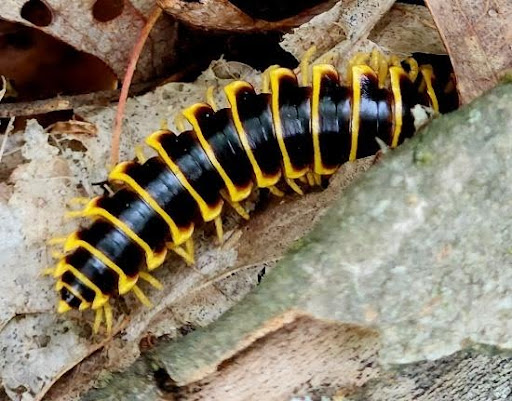
See an ant trail? Follow it! Sit still and watch them work.
Stand among flowers and listen to the bees buzz. How many different kinds do you see? Did you know they don’t all live in hives? Notice the colors – are they all yellow and black? Do you see pollen clinging to them? Be curious.
What does the moon look like tonight? Can you see it during the day? Are there any eclipses coming soon? What about the stars?
Blow dandelion seed heads. Look at an individual seed and admire its parachute-like structure.
If you have a maple tree nearby, toss the spinning samaras (helicopters) and watch them twirl.
Grow something – indoors or outdoors. Plant a seed, watch it sprout, and taste something new. Radishes are a great beginner option! They grow fast and can even be grown on a windowsill.
Start a Collection
If you have children, chances are you already have a rock collection! Encourage it. Find a special spot to display small treasures—on a ledge, in a jar, or on a shelf.
Engage Your Senses
Pause to see, hear, smell, touch, or even taste nature. This simple practice strengthens the habits of attention and observation. And the moments will add up – don’t feel pressure that they are formal or last a long time when you begin.
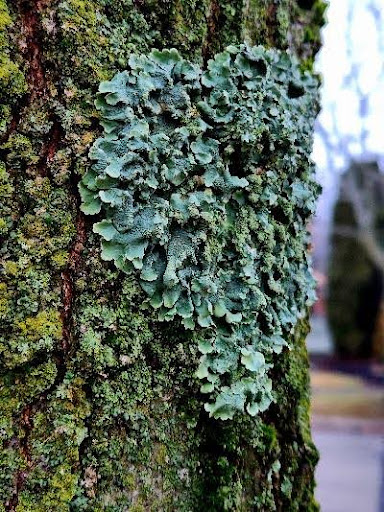
Go Deeper Over Time
As interest grows, you can dig deeper. Get field guides, go on nature-focused field trips, get a pet, or explore a specific topic in greater detail. But it doesn’t start there. It starts by stopping.
Charlotte Mason reminds us, “We are all meant to be naturalists, each in his own degree, and it is inexcusable to live in a world so full of the marvels of plant and animal life and to care for none of these things.”
So, smell the roses. Pick up an acorn. Plant an avocado pit indoors. Skip rocks on the water. Feel the wind on your face or the sand between your toes. Touch the tree bark and the mosses. Collect fall leaves.
Go in awe and wonder of the beautiful world God made.

Angi is a retired homeschool mom who spent 18 years educating two of her children, mostly following the Charlotte Mason method. She believes that God reveals His presence, His invisible qualities, and the foundations of all learning through the beauty and complexity of His creation. As a lifelong learner, she’s always exploring something new, but consistently finds herself quilting, reading, and gardening. She also enjoys her post-homeschool roles as a Clinical Medical Assistant and new Grandma. She and her husband Heath reside in Central Ohio; all photos were taken in Ohio and are owned by Angi DeLong.

